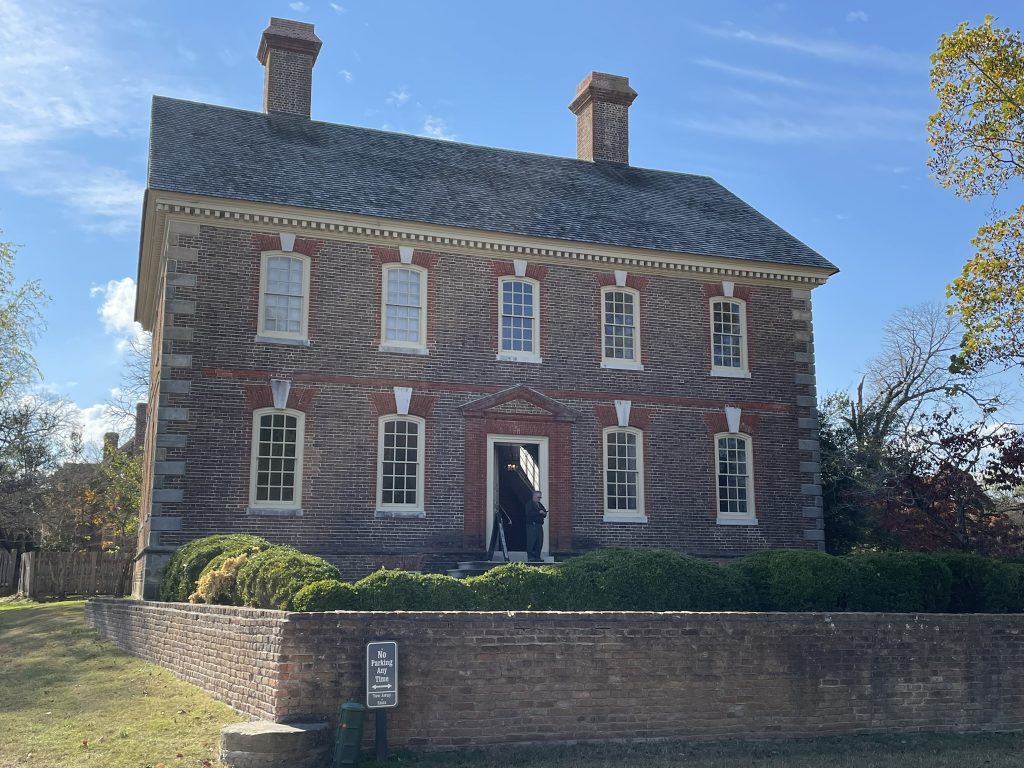Having just visited the start of the Civil War at Fort Sumter, we now found ourselves visiting the end of the Revolutionary War at Yorktown, Virginia.
Hopping around in history like that can be hard on the brain, especially as the Eastern coast of the U.S. from Georgia north to Pennsylvania includes sites of importance to both the Civil War and the Revolution, and many sites figured in both wars.
Doug and I are both huge fans of the musical Hamilton, which has a great song highlighting the Battle of Yorktown. Of course we listened to it on the drive to the Battlefield, spirits high for our visit.


Ultimately, we both found this to be one of the most disappointing battlefield tours we’ve done, at least from an interpretative/technical perspective.
As is common, there was a self-guided audio tour done in the car, along with a walking tour of historic Yorktown. The NPS mobile app was very glitchy, starting one section then suddenly jumping elsewhere, with no way to get back to where you were without starting the section over. It was also not especially well-produced (we’ll just leave it at that).

The Battle of Yorktown took place from September 28 through October 19, 1781, six years after the war had begun. With support from France on ground and in the sea, the Americans were able to approach Yorktown with significantly more force — 20,000 men versus 9,000 for the British. British General Cornwallis was counting on reinforcements and resupply by sea as his forces backed into the Yorktown peninsula, with an escape route across the harbor if necessary. But the French navy cut off the British ships on their way to Yorktown, leaving Cornwallis with no reinforcements and a further dwindling stock of supplies. He directed his forces to dig in, building a series of redoubts and defensive lines around Yorktown.
The combined French-American assault was relentless, methodically overtaking all of the British defensive positions. A last ditch overnight escape attempt by sea in small craft was thwarted by terrible weather, forcing the forces to return to land. Cornwallis surrendered.


Yorktown was the site of the last major land battle of the Revolution, though it took another two years for negotiations before the Treaty of Paris was signed, which officially ended the war and recognized the thirteen colonies as an independent nation.
The Marquis de Lafayette was a key player at Yorktown, supporting General George Washington. We listened to an audiobook about Lafayette’s life, which obviously had a large section about the American Revolution. We both felt that the biography about Lafayette did more to explain the strategy and orchestrations than the visit to Yorktown did. Additionally, Lafayette had a completely fascinating life, so it was a fun listen.















One thought on “The Battle of Yorktown”